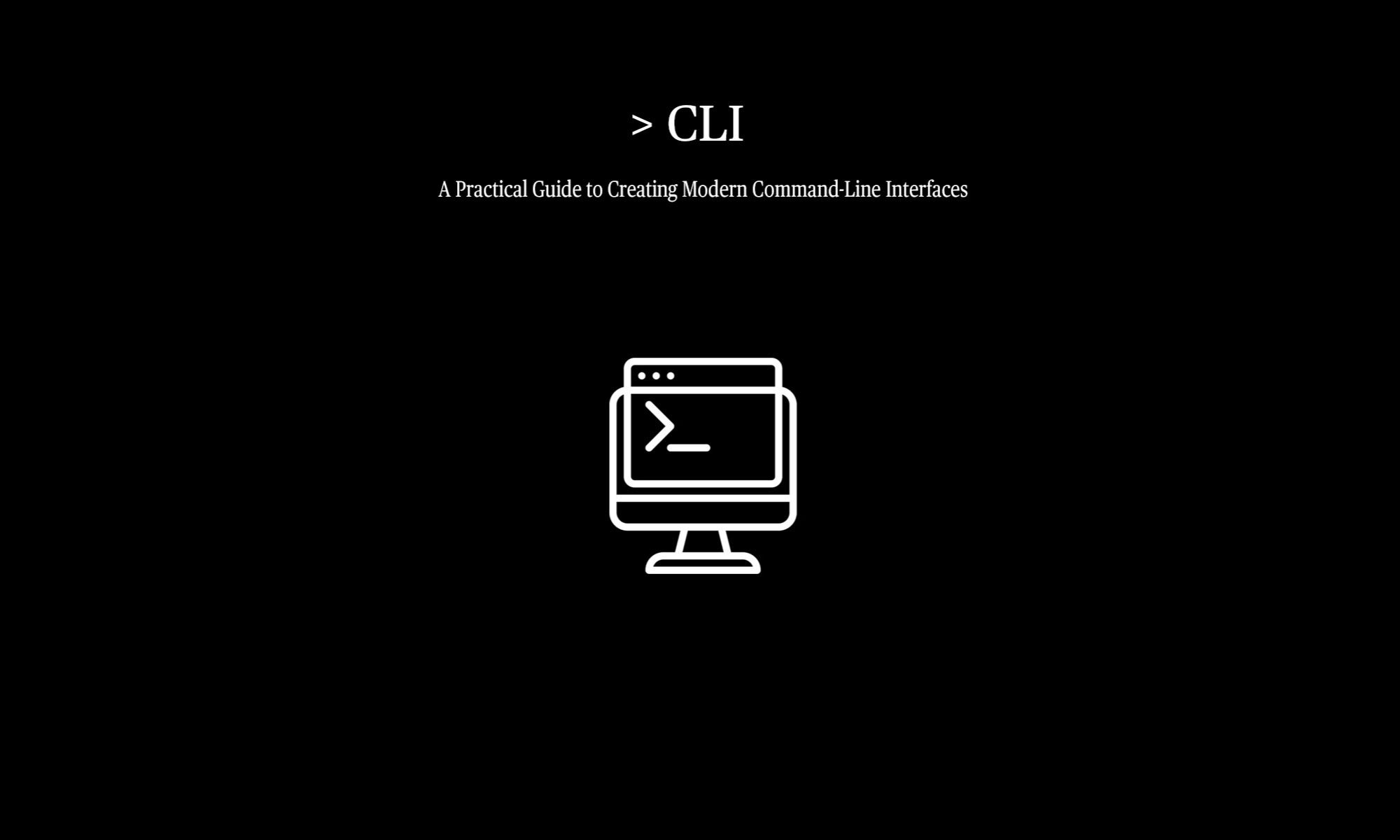>CLI is a multifaceted book that explores the topic from historical context to design principles, offering guidance for both newcomers and experienced developers. The following section provides persona-based recommendations to help readers navigate the content most relevant to their interests.
If you work in software—or are simply intrigued by command-line interfaces—but don’t plan to dive deep into the code, this book still has a lot to offer. Here’s a curated reading path designed just for you:
- Start with the Prologue and Part 1: CLI Foundations — Get grounded in the history, purpose, and evolution of the command-line interface.
- Skim Part 2: CLI Design (Pages 35–58) — Focus on high-level design patterns and philosophies that influence how modern CLIs are structured.
- Read select pages from Part 3: Under the Hood (Pages 61–63 and 125–136) — These sections provide approachable explanations of how CLI internals work—without overwhelming you with code.
- Skim Part 4: The Modern CLI (Especially Pages 159–160) — See how CLIs have evolved alongside today’s platforms, tools, and developer workflows.
- Read Part 5: CLI Spotlights — Real-world examples of tools like Git, WP-CLI, and Speedtest bring concepts to life.
- Finish with Part 6: Ready to Push (Especially Chapter “Behind the Build,” Pages 211–214) — Gain insight into how this book—and the companion code—were crafted.
Seasoned developers know how to navigate a technical book—but to get the most from this one, consider the following approach:
- Start with Section 5: CLI Spotlights — Explore the Git, WP-CLI, and Speedtest examples to see what well-designed command-line tools look like in practice.
- Read the book selectively — Focus especially on Sections 1, 2, and 4, and skim Section 3: Under the Hood depending on your comfort level with CLI implementation details.
- Revisit the Spotlights — As you progress, return to these examples to reinforce best practices and design ideas.
- Get hands-on — Visit the Code section of moderncli.dev, compile a few sample programs, and experiment on your own.
New developers might come from various backgrounds—experienced system administrators, frontend developers, QA and DevOps engineers branching into backend or command-line development, or students just beginning their software journey. Wherever you’re starting from, here’s how to get the most out of this book:
- Read the book cover to cover — Save the deeper dive into Part 3: Under the Hood for your next pass when you’re ready to explore the code more fully.
- Return to Part 3 and its companion sections on this website — Whether you’re coding directly or using an LLM as a co-pilot, take a hands-on approach with each topic.
- Revisit the CLI Spotlights — Consider installing one or more of the featured tools to explore how they work in real-world environments.
- Build your own CLI project — Start with something end-to-end, like a password generator using a traditional command model. Then, try building a standalone or REPL-based CLI using the object command model—an app that interacts with a free weather API is a great candidate.
- Polish your CLI — Add unit tests, contextual help, and build automation to make it production-worthy.
And most importantly—have fun. Command-line development is a great place to level up your skills and experiment with ideas that scale.
Don’t write this book off—Go is featured, but not required. The only Go-specific section is Part 3: Under the Hood, and even that can be easily explored using your preferred language with the help of an LLM.
Here’s how to make it work for you:
- Use and LLM to explore topics — When you come across Go-based examples, prompt your LLM with something like: “I’m reading a book on CLI development that uses Go. How would I implement this in .NET (or Python, Rust, etc.)?”
- Ask for concept comparisons — For example, “What is the .NET equivalent of Go’s pflag package?”
- Copy and paste companion code — This website has full examples (MIT license) you can paste into your LLM and request a translation into the language of your choice.
- Go is not the only option — As noted in Why Go for CLI Development? and throughout the CLI Spotlights, Go is a strong choice—but not the only one. Great CLIs can be built in C#, Rust, Python, C++, and many other languages.
This book is about command-line thinking, not just Go syntax. No matter your stack, you’ll walk away with patterns, insights, and inspiration you can apply immediately.
Pages 6 and 222 are dedicated to you! From trademark attribution to fair use clauses, the legal fine print has been carefully considered. If we missed something, drop a letter or an email using the contact information listed on page 6. We hope you find those pages satisfyingly thorough—and the rest of the book surprisingly enjoyable, too.
